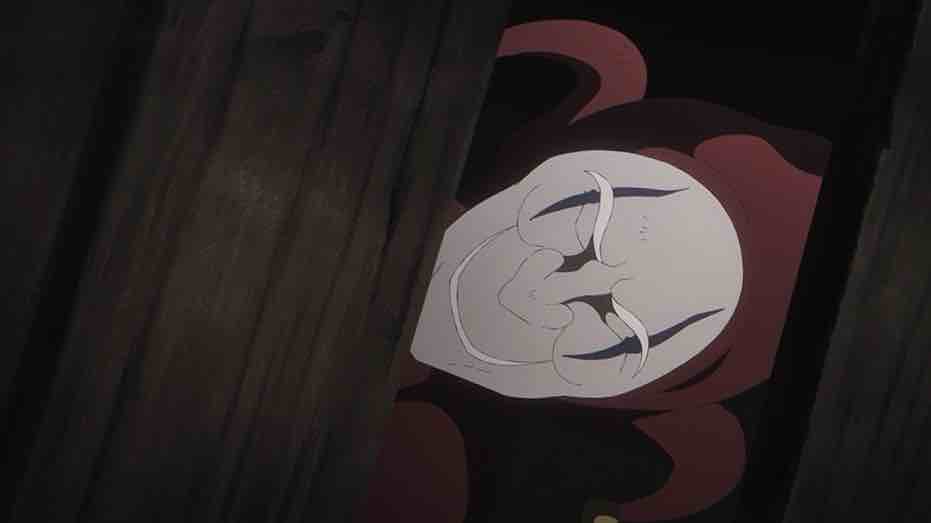 Baraou no Souretsu is, sadly, getting ever-more ludicrous all the time. Yet it still, somehow, annoys me less than the casual fictionalization of Richard III and his time that’s so broadly accepted as fact. Baraou no Souretsu is a very flawed anime, to say the least. But the interest it’s sparked in me has me realizing to just what extent the accepted “history” of the era is Tudor propaganda. The more you dig the worse it smells. I give credence to almost none of it now.
Baraou no Souretsu is, sadly, getting ever-more ludicrous all the time. Yet it still, somehow, annoys me less than the casual fictionalization of Richard III and his time that’s so broadly accepted as fact. Baraou no Souretsu is a very flawed anime, to say the least. But the interest it’s sparked in me has me realizing to just what extent the accepted “history” of the era is Tudor propaganda. The more you dig the worse it smells. I give credence to almost none of it now.
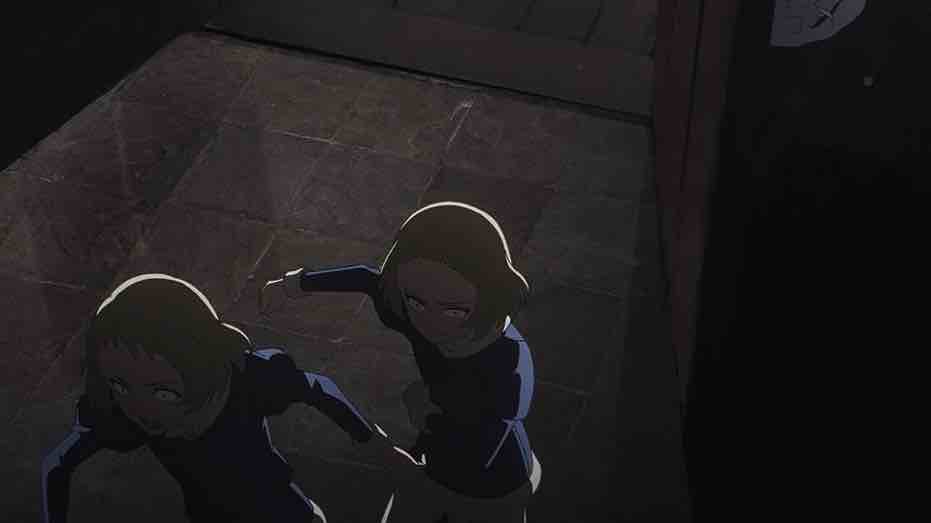 I don’t all that much to say about the events depicted in this episode, to be honest. I think the broader topic of Richard is much more interesting. I’d been on the hunt for something resembling an unbiased account and quickly realized that’s in incredibly difficult challenge. I remembered a “non-fiction” book entitled “The Princes in the Tower” by Alison Weir being well-reviewed, and thought that might be a good resource. Instead I found it laughably biased – as in, I was literally laughing at the contortions Weir was doing to ratify any hearsay supporting her own theories and dismiss any facts which disputed them.
I don’t all that much to say about the events depicted in this episode, to be honest. I think the broader topic of Richard is much more interesting. I’d been on the hunt for something resembling an unbiased account and quickly realized that’s in incredibly difficult challenge. I remembered a “non-fiction” book entitled “The Princes in the Tower” by Alison Weir being well-reviewed, and thought that might be a good resource. Instead I found it laughably biased – as in, I was literally laughing at the contortions Weir was doing to ratify any hearsay supporting her own theories and dismiss any facts which disputed them.
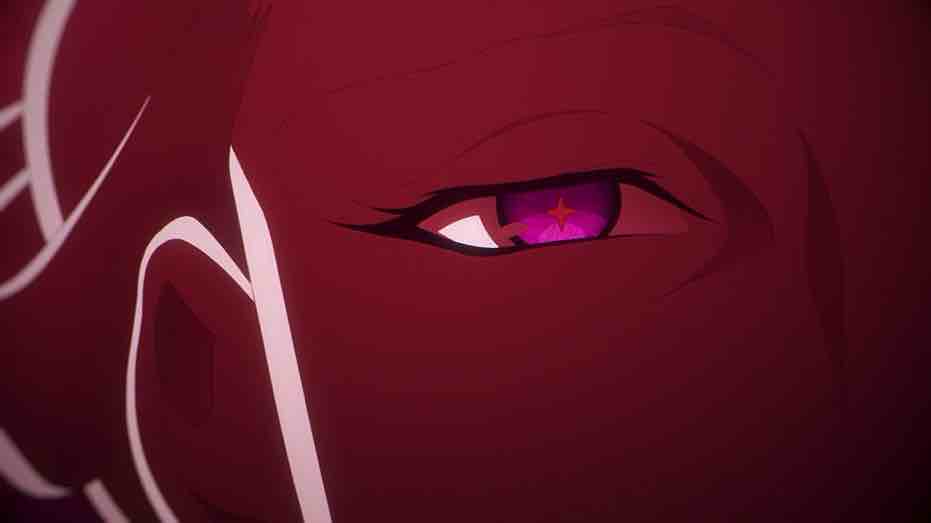 I did finally find a pretty balanced and thoughtful take on Richard – and the irony is, it’s a novel. But it’s a novel about history and historians, and how you shouldn’t always take what’s assumed to be true at face value. The book is called “The Daughter of Time”, the author being a well-known mystery writer named Josephine Tey. It was published around 1950 (Tey tied just a couple of years later, sadly) and features her regular protagonist, Inspector Grant, laid up in hospital in London after having fallen through a trap door. Bored out of his wits, he winds up investigating the murder of the princes from a Scotland Yard rather than historian’s perspective, with fascinating results.
I did finally find a pretty balanced and thoughtful take on Richard – and the irony is, it’s a novel. But it’s a novel about history and historians, and how you shouldn’t always take what’s assumed to be true at face value. The book is called “The Daughter of Time”, the author being a well-known mystery writer named Josephine Tey. It was published around 1950 (Tey tied just a couple of years later, sadly) and features her regular protagonist, Inspector Grant, laid up in hospital in London after having fallen through a trap door. Bored out of his wits, he winds up investigating the murder of the princes from a Scotland Yard rather than historian’s perspective, with fascinating results.
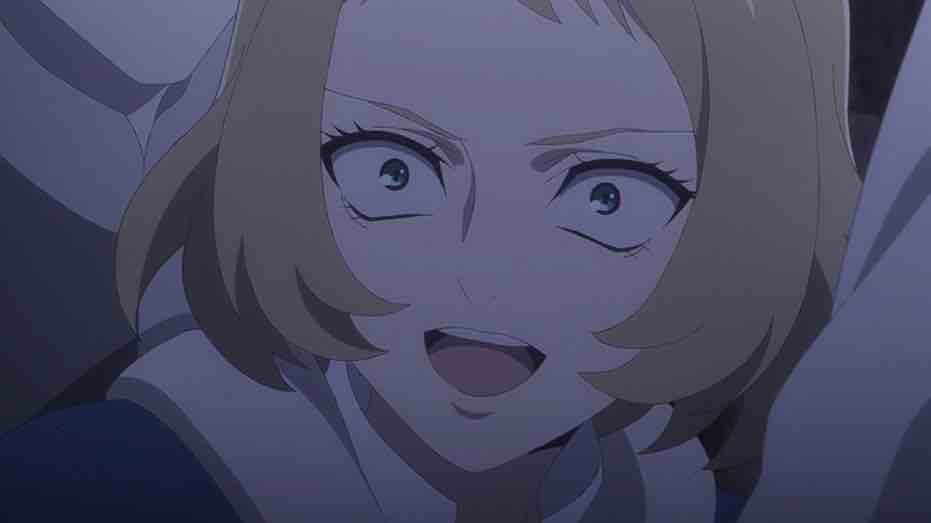 I’ll leave you to read it if you wish – in addition to the fascinating theme it’s a hell of a good yarn. But I will say this much, and this not a biased perspective – almost everything we take for granted about those fateful few years in the 1480’s is likely bullshit. It’s hearsay testimony from utterly unreliable witnesses. In point of fact it takes much less credulity to believe Richard didn’t murder than princes than that he did – and indeed, there’s another suspect against whom the case is a lot more convincing. There is no actual evidence against Richard at all, really – and in terms of motive, that other suspect had a much stronger one than he did.
I’ll leave you to read it if you wish – in addition to the fascinating theme it’s a hell of a good yarn. But I will say this much, and this not a biased perspective – almost everything we take for granted about those fateful few years in the 1480’s is likely bullshit. It’s hearsay testimony from utterly unreliable witnesses. In point of fact it takes much less credulity to believe Richard didn’t murder than princes than that he did – and indeed, there’s another suspect against whom the case is a lot more convincing. There is no actual evidence against Richard at all, really – and in terms of motive, that other suspect had a much stronger one than he did.
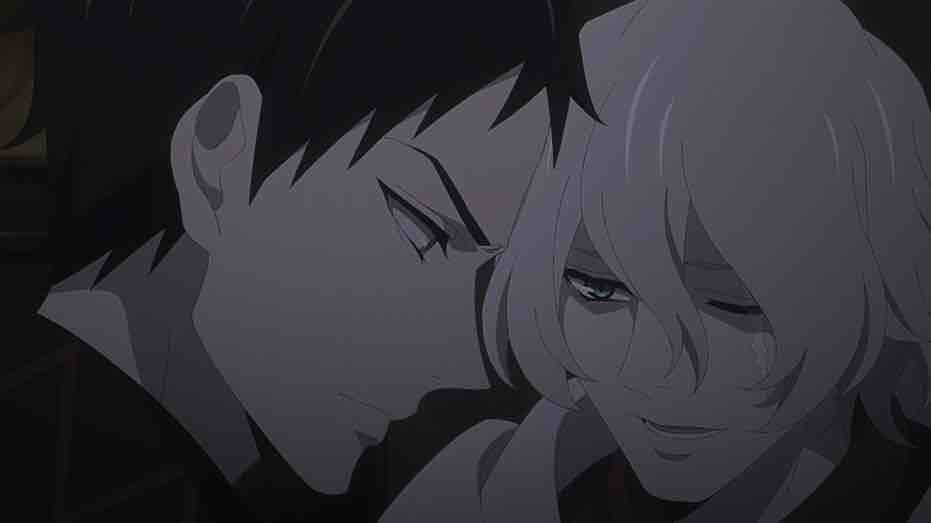 Be that as it may, this is still an anime post. But truthfully this is all pretty silly. Richard getting pregnant, Stafford deciding first to imprison him, then telling Henry VI to kill him – seriously? It doesn’t really merit a whole lot of commentary or analysis, honestly – I’m in it for the lulz at this point. And I suppose for the curiosity factor, to see if Barou takes the contrarian approach to the matter of the princes or in the end regurgitates the some absurd stew history books and the hacks who write them have been feeding us for 500 years.
Be that as it may, this is still an anime post. But truthfully this is all pretty silly. Richard getting pregnant, Stafford deciding first to imprison him, then telling Henry VI to kill him – seriously? It doesn’t really merit a whole lot of commentary or analysis, honestly – I’m in it for the lulz at this point. And I suppose for the curiosity factor, to see if Barou takes the contrarian approach to the matter of the princes or in the end regurgitates the some absurd stew history books and the hacks who write them have been feeding us for 500 years.



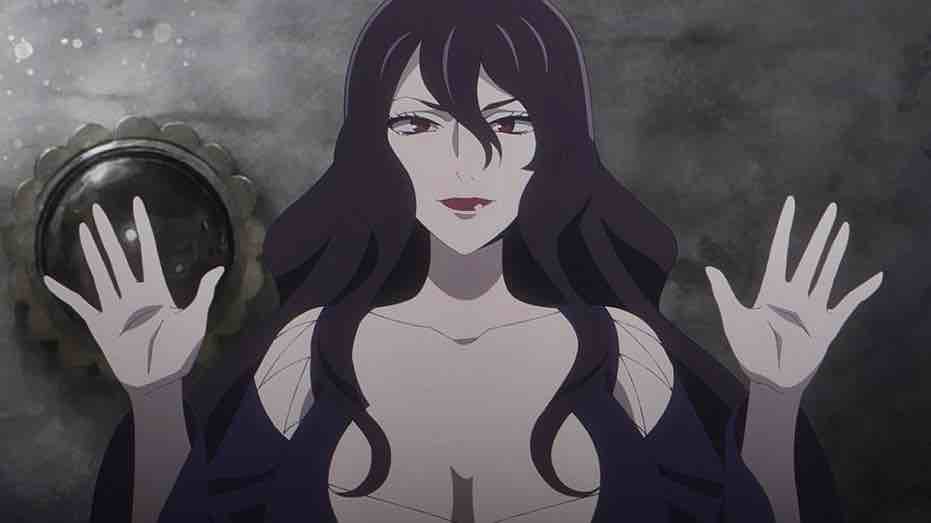
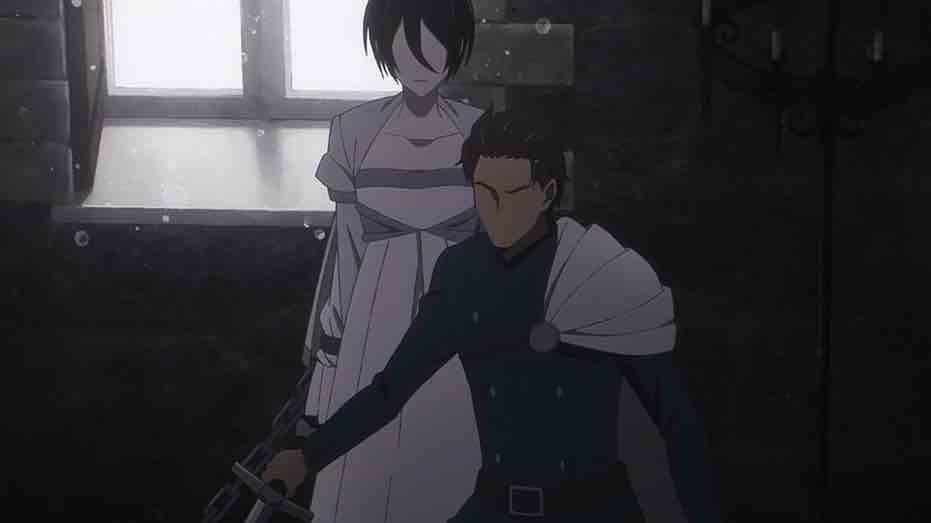
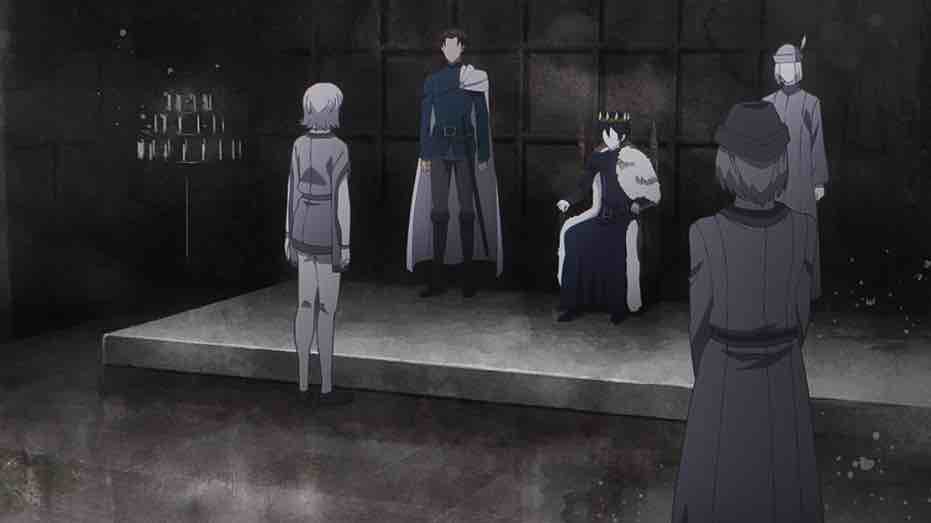
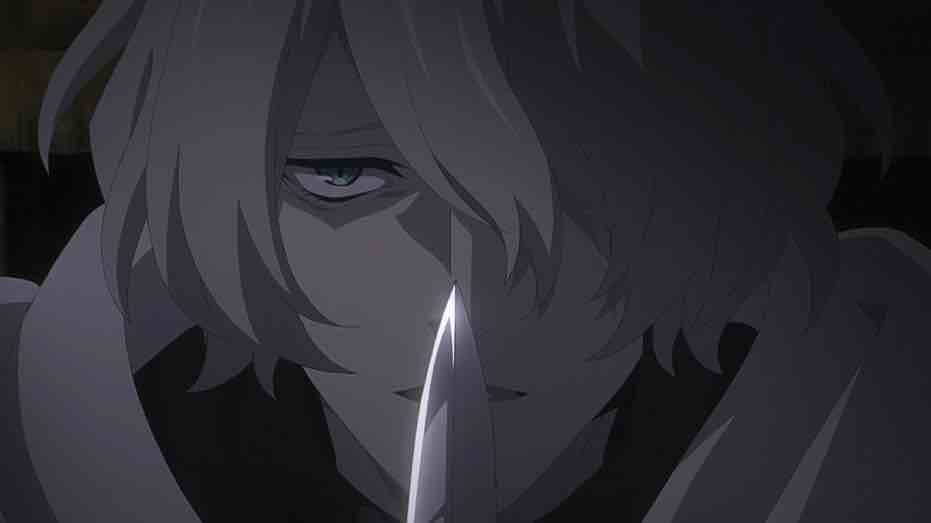
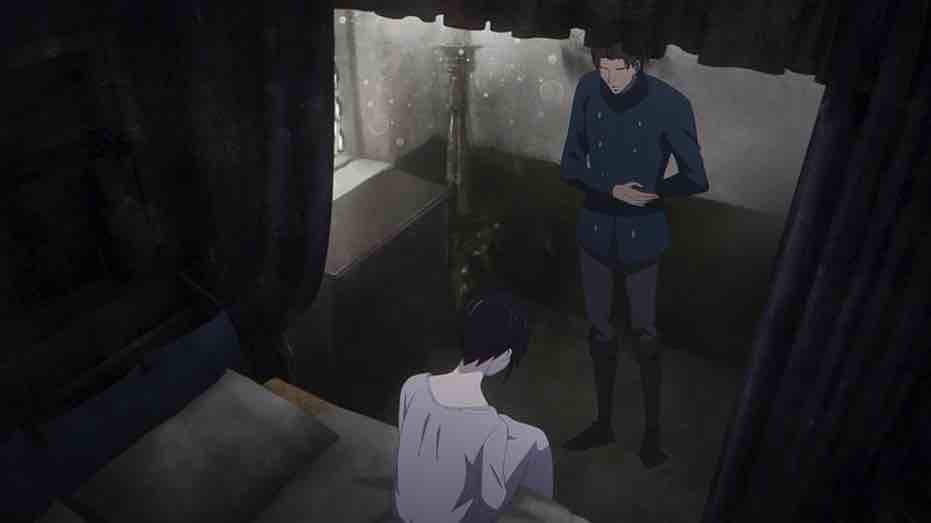
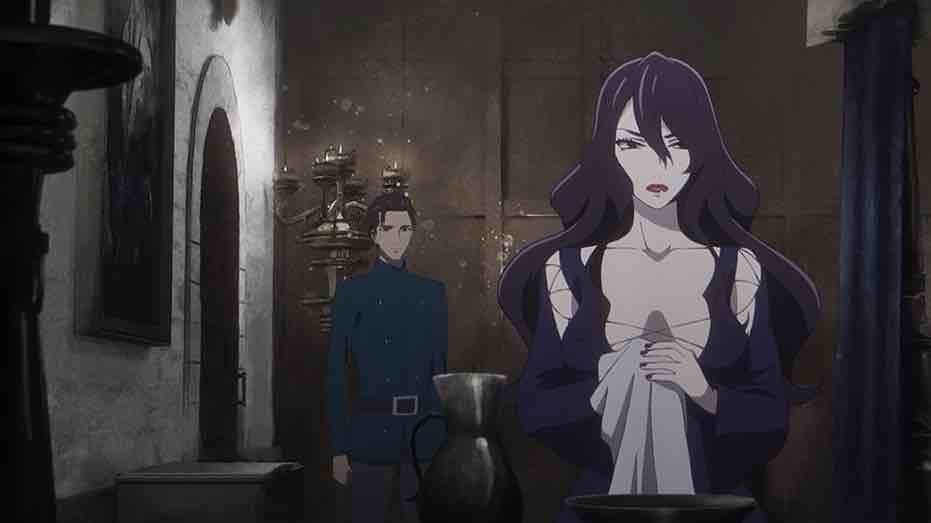
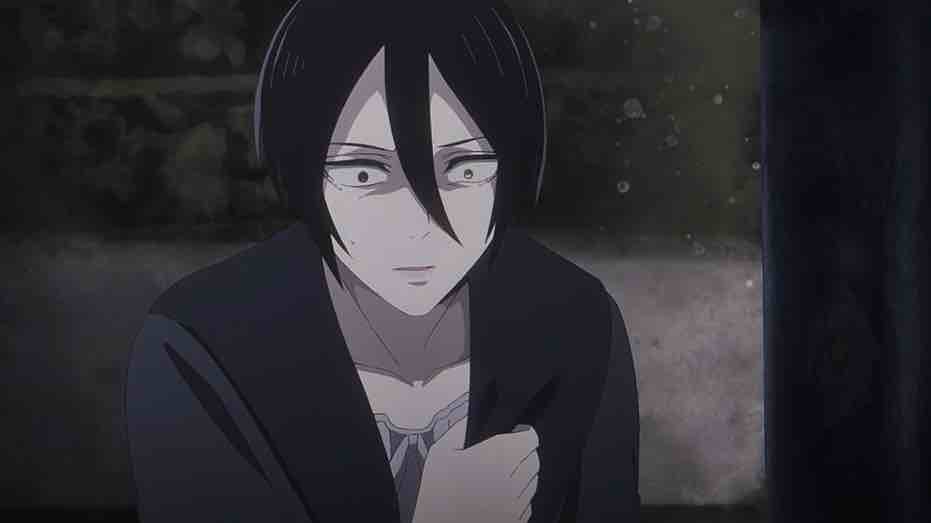

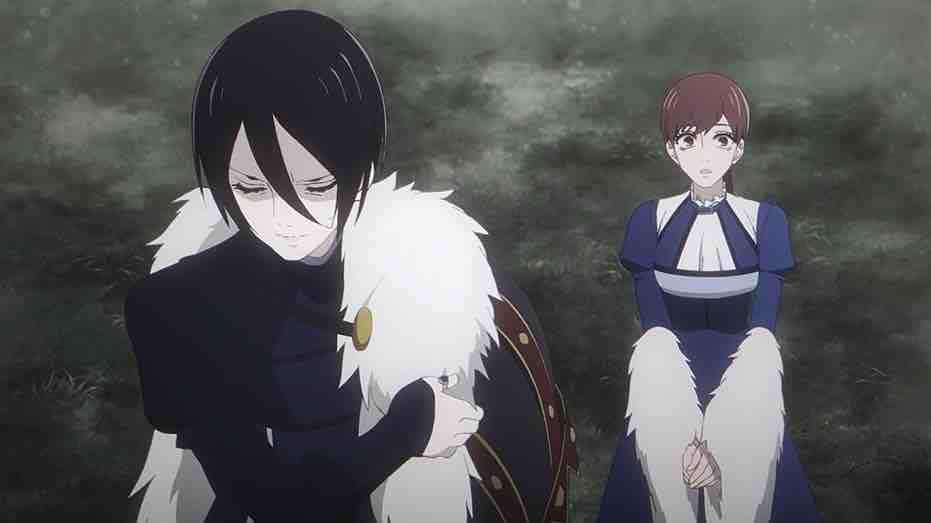
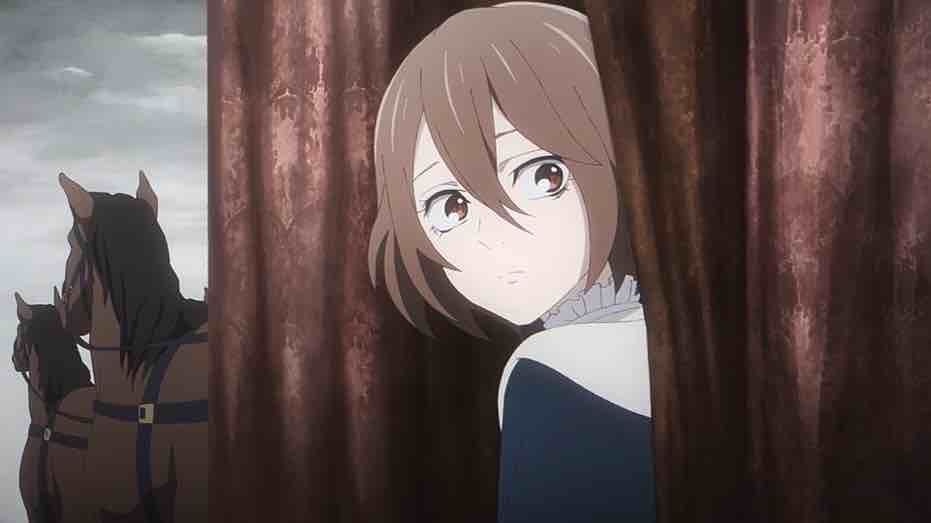

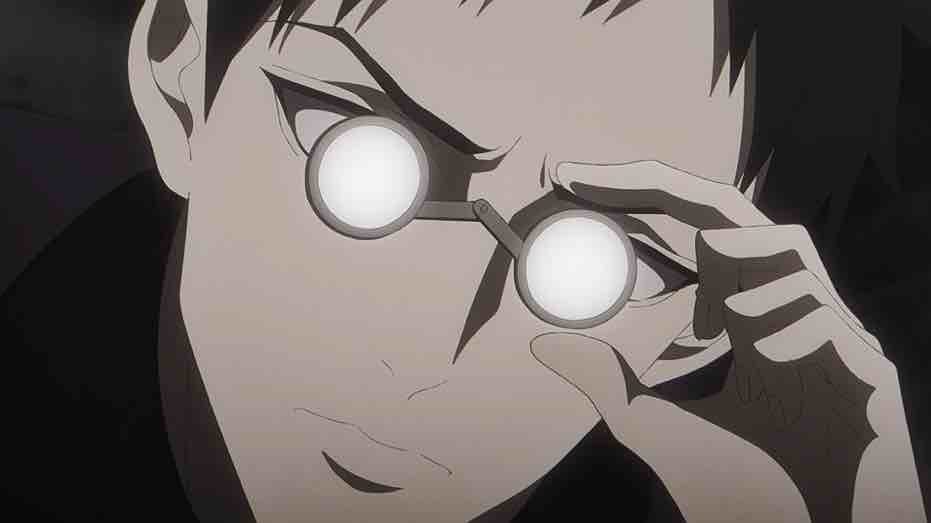
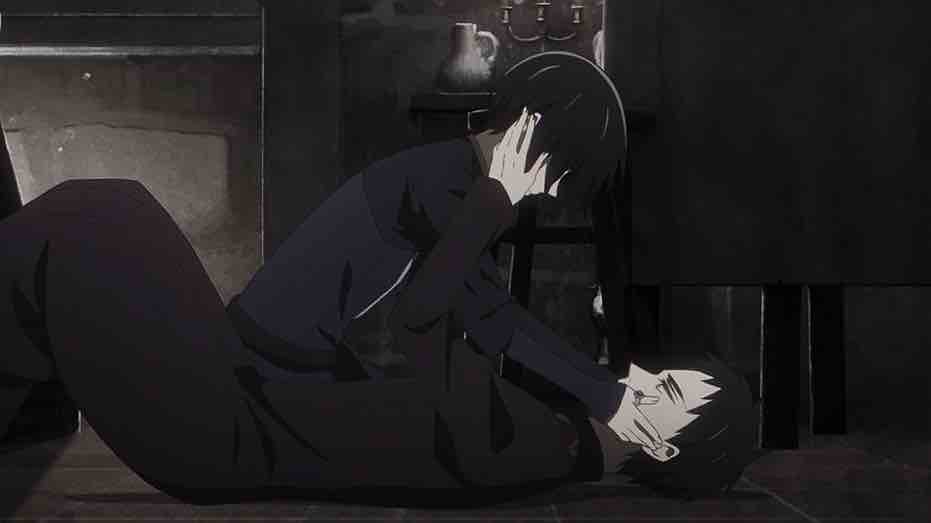

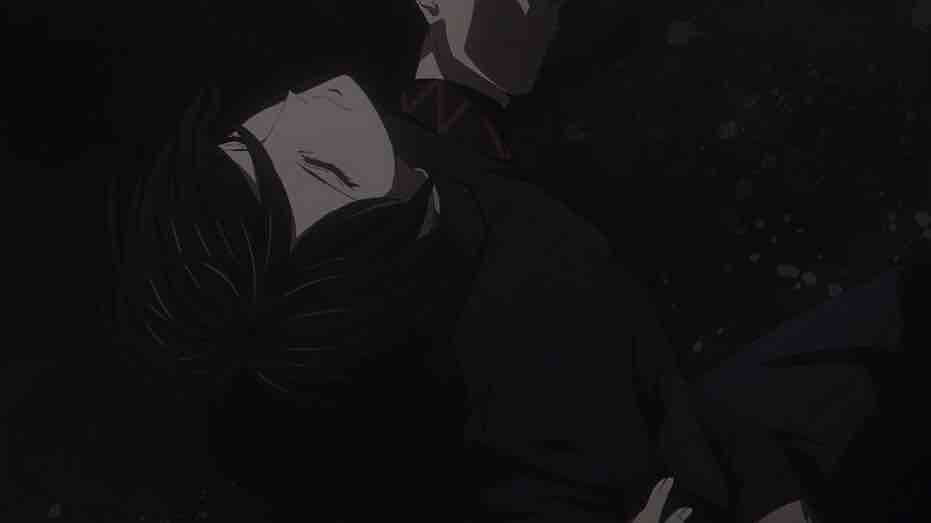
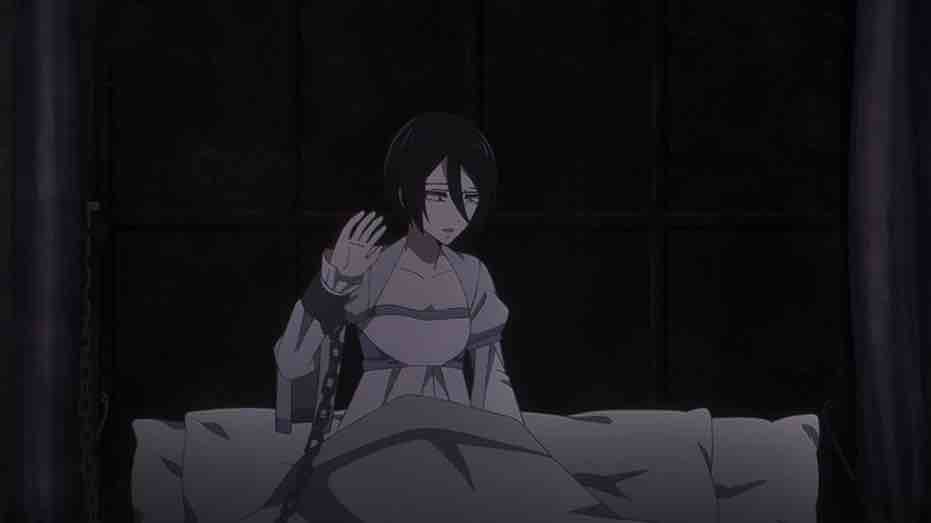
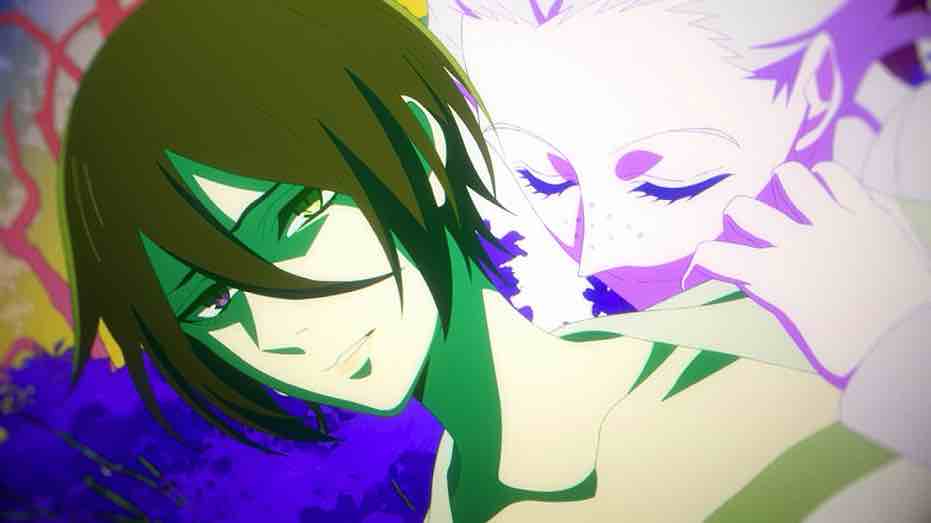
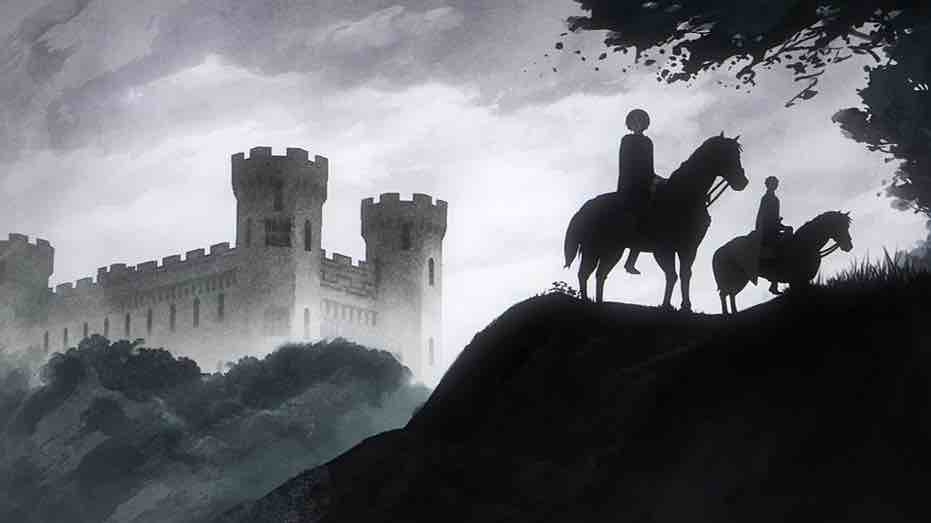
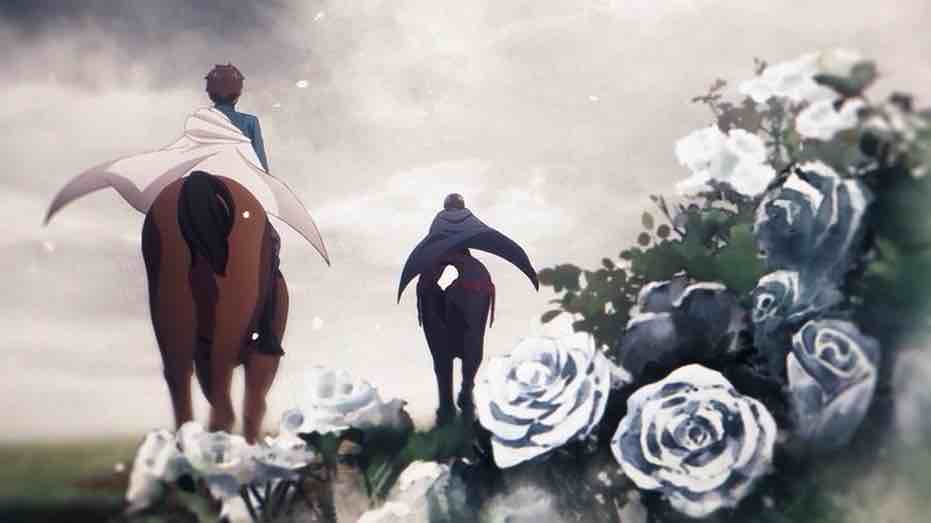
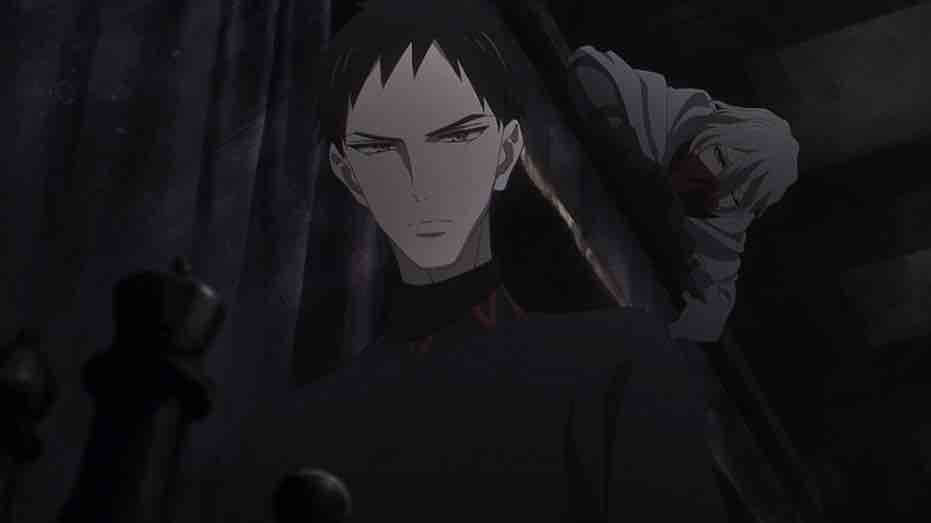

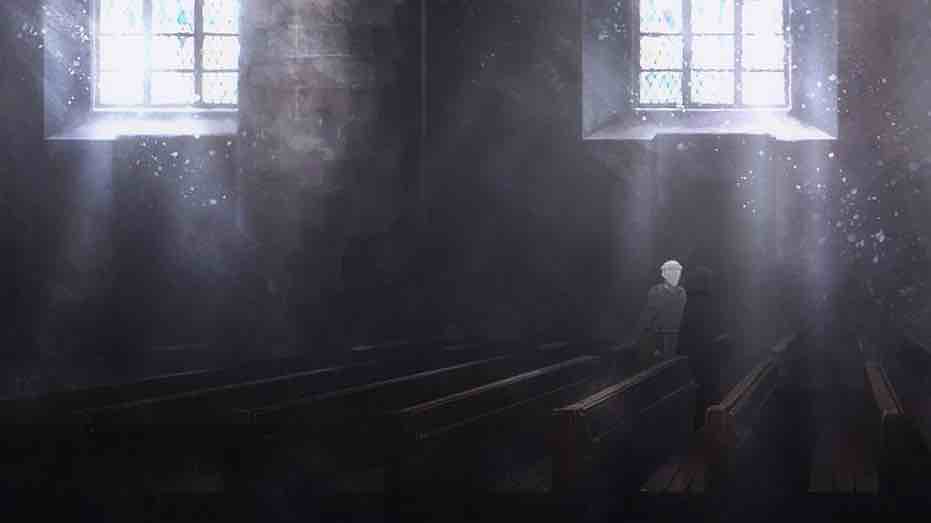


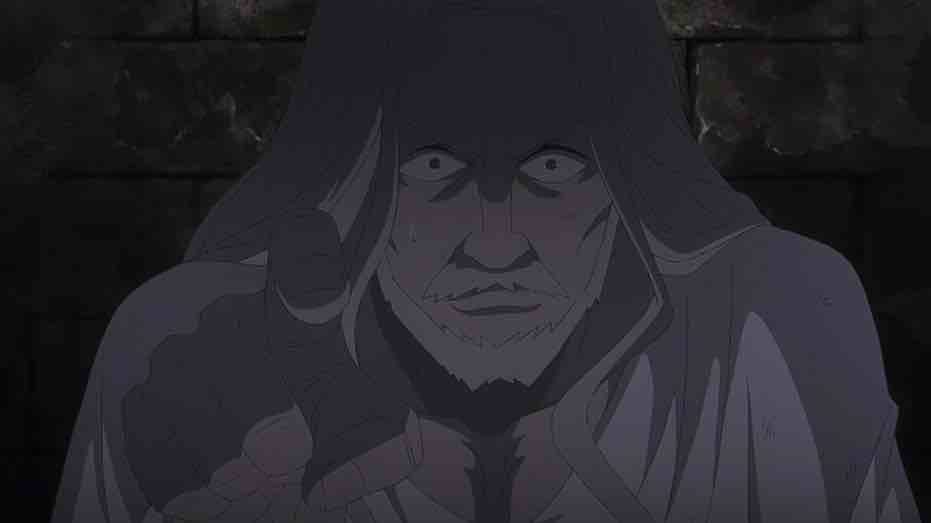


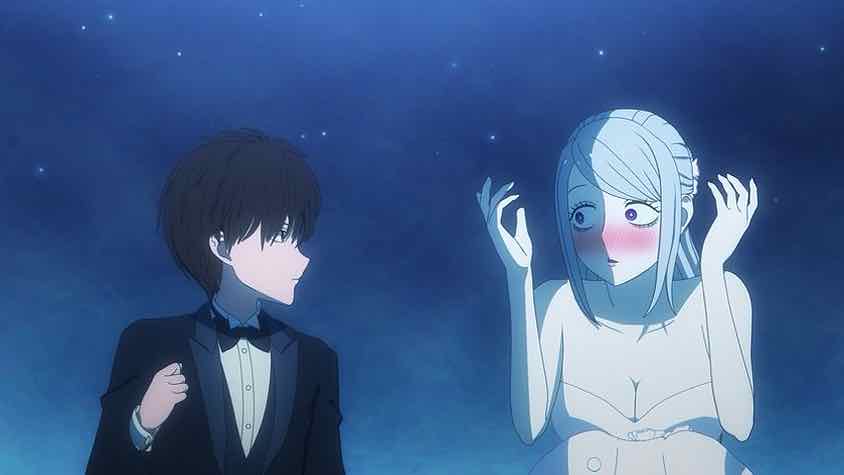
Collectr
May 31, 2022 at 1:02 amWell, I suppose that at least settles the author’s view of Richard’s intersexuality.
On the subject of books, there are several good novels about the era. Rosemary Hawley Jarman’s two volume “We Speak No Treason” is very difficult to find these days; it’s a historical romance, with Richard at the center. She also wrote “The King’s Grey Mare”, which has Elizabeth Woodville as its protagonist. Another obscure one is Robert Farrington’s “The Killing of Richard the Third,” told from the viewpoint of a (fictional) Yorkist secret agent. “The Daughter of Time”, like Paul Murray Kendall’s pioneering biography, is a bit dated now; the discovery of Richard’s actual remains has triggered reappraisals that are still ongoing. But when the scant evidence is assessed, I think one ends up with the verdict allowed in Scots (but not English) courts: not proven.
Guardian Enzo
May 31, 2022 at 6:43 amThe Kendall one looks interesting. The idea that Richard’s remains have changed the equation much is a bit unclear to me. Psychologically or materially, as a piece of evidence?
Collectr
May 31, 2022 at 8:41 amIn “The Daughter of Time”, Grant dismisses Shakespeare’s depiction of Richard as a ‘crookback’ as propaganda. But the remains showed that Richard suffered from scoliosis (curvature) of the spine. A near contemporary historian described the king as a small man with “unequal shoulders, the right higher and the left lower”: a description consistent with scoliosis and now confirmed. (https://www.livescience.com/45974-model-twisted-richard-iii-spine.html) So there is one tiny nugget of fact underlying all the exaggerations of Shakespeare’s larger-than-life goblin. But on the whole, Shakespeare’s sources for this era are as “reliable” as Suetonius’ sources for the reigns of the early Roman emperors, i.e., not at all. They’re gossip and made-up stories from a century after the events.
I don’t see many other avenues of exploration available to get at the facts. The bones discovered in the Tower in 1674 are interred at Westminster Abbey as “Edward V” and “Richard Duke of York”; but the royal family has refused requests for forensic (DNA) analysis. A pair of extra coffins was found with Edward IV at St. George’s chapel in Windsor, supposedly children who died before him; no analysis has been done on them either.
Guardian Enzo
May 31, 2022 at 9:44 amThe thing is, whether those bones are from those poor boys or not (I think they most probably are) it doesn’t change things much. All the Perkin Warbecks of the world aside I think it’s pretty clear they died in the Tower. The matter of import is who it was that caused it to happen.
I’m kind of stuck on which book to read next. Perhaps Kendall (entertaining but possibly too Ricardian). Perhaps Charles Ross (possibly a bit dry and maybe traditionalist). Or possibly the novel “The Sunne in Splendour” by Sharon Penman (much-loved as fiction but almost certainly too Ricardian- and 1200 pages!). Any advice?